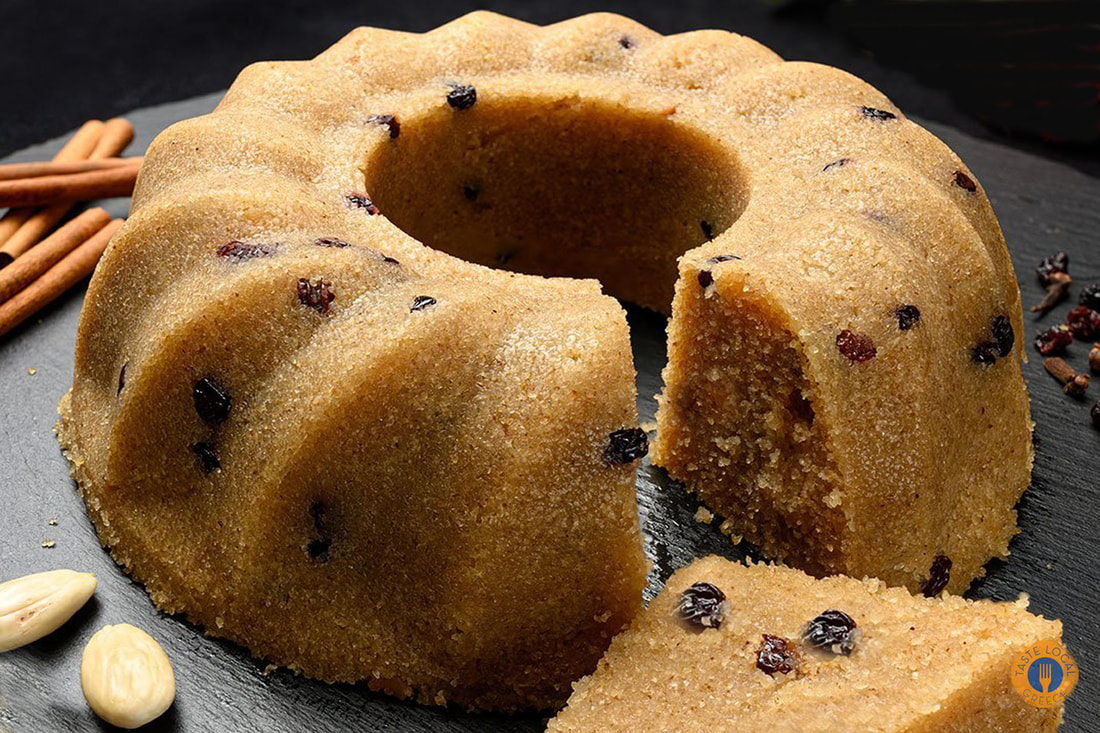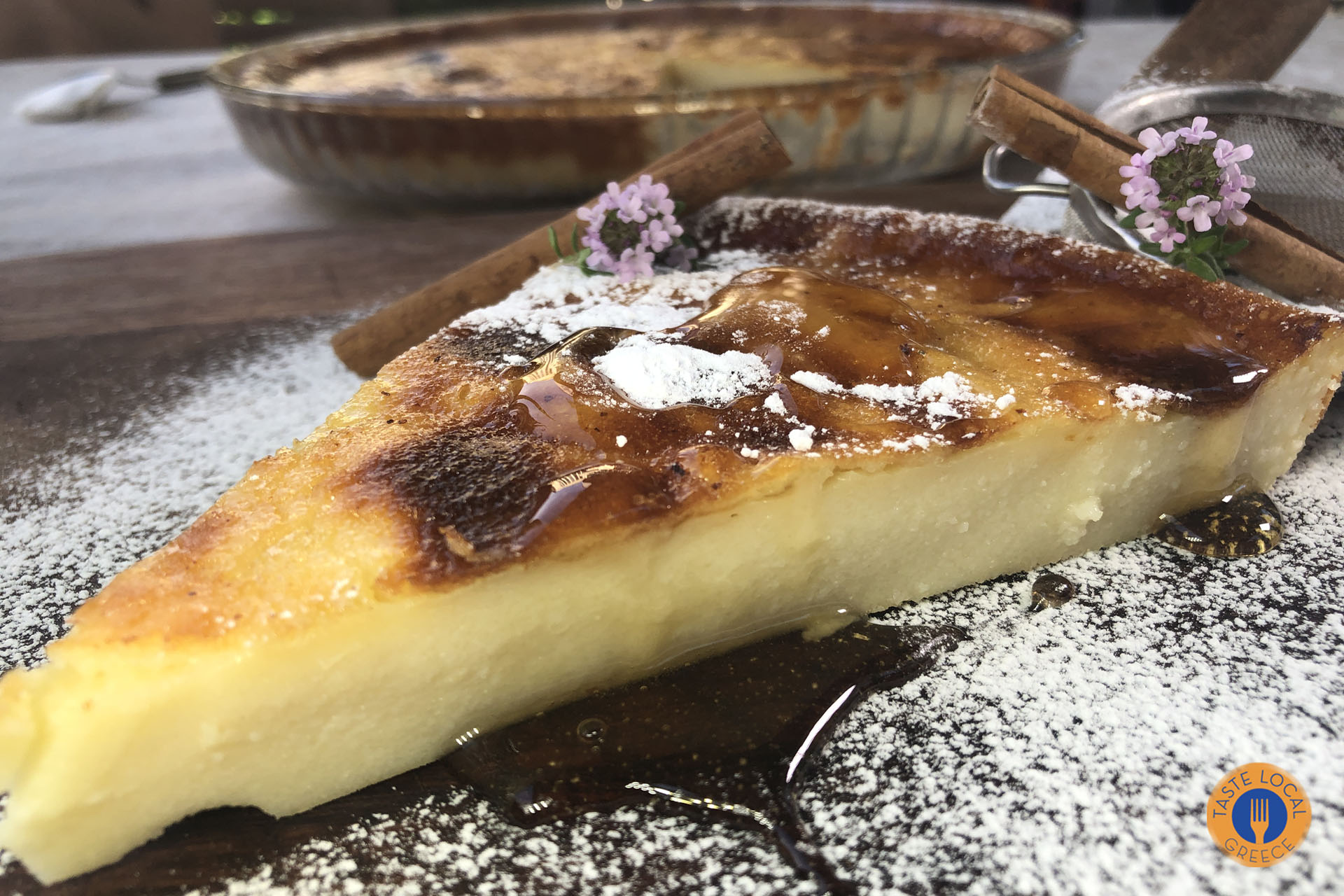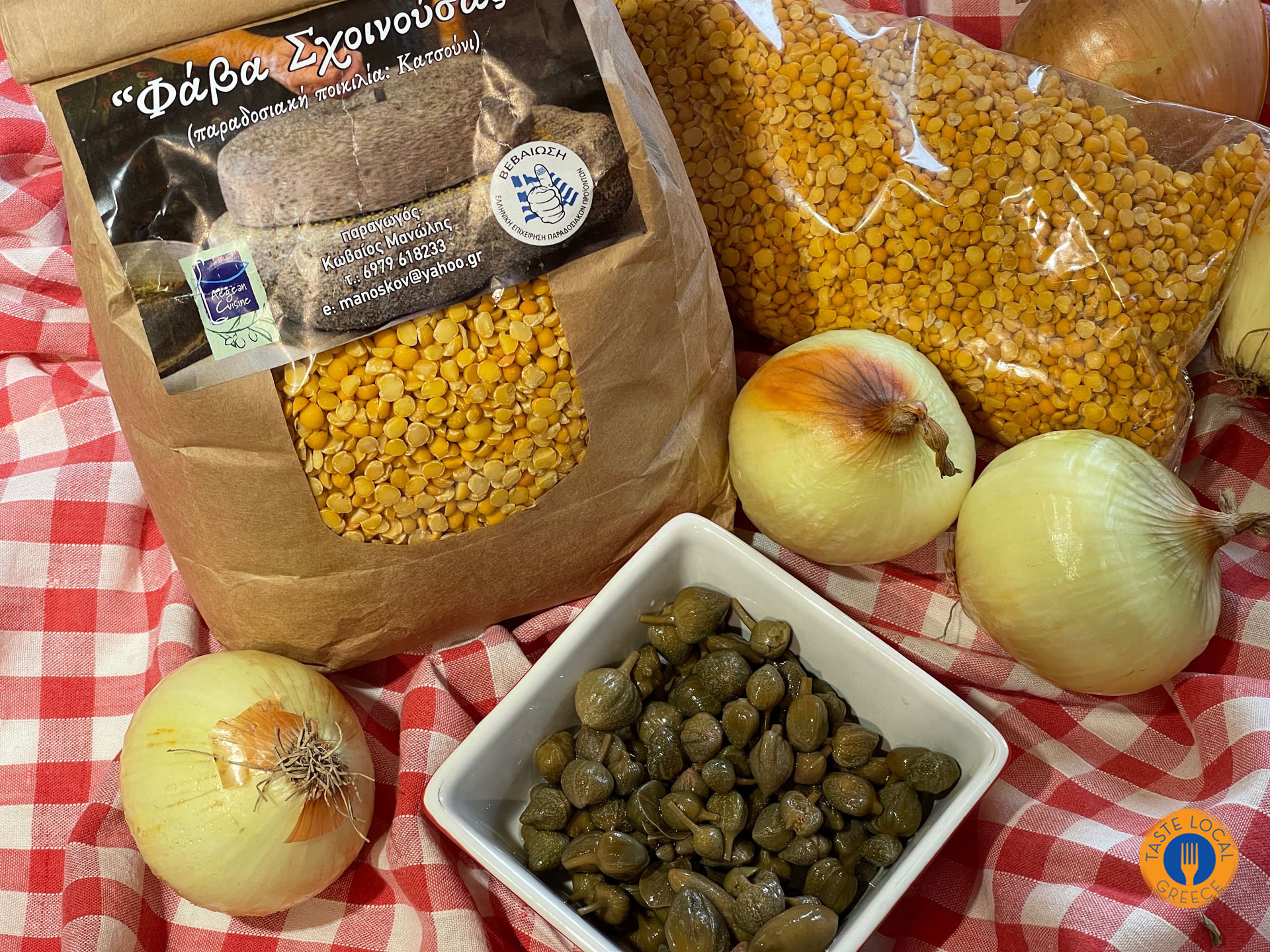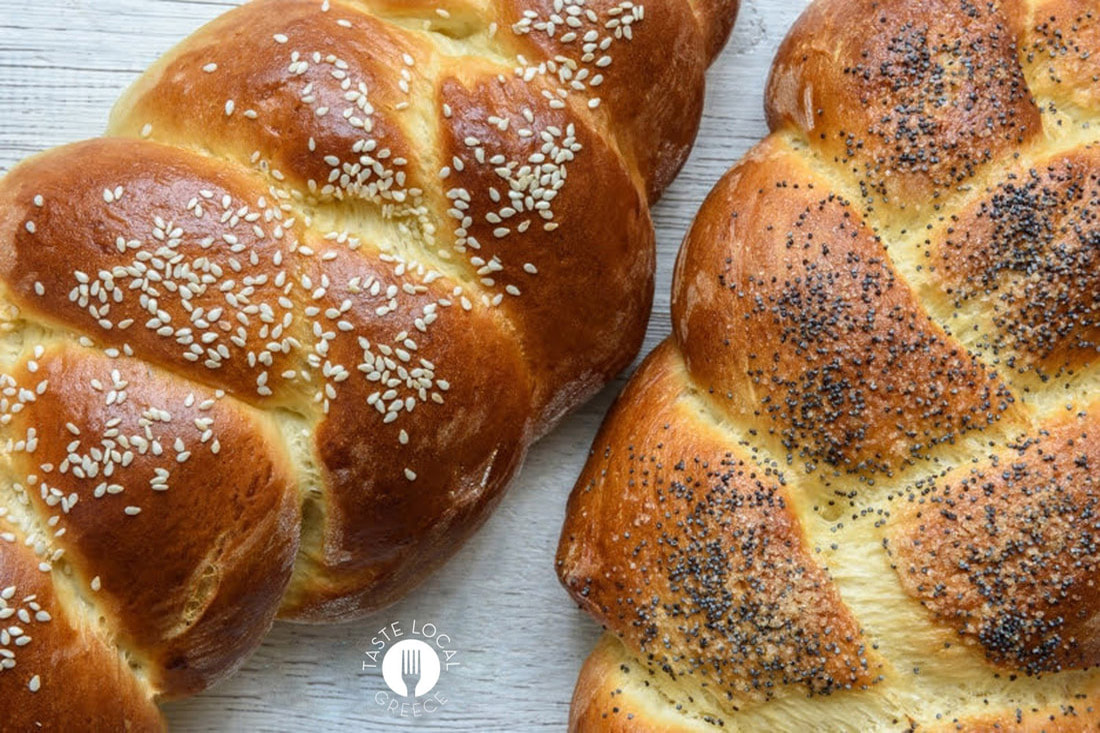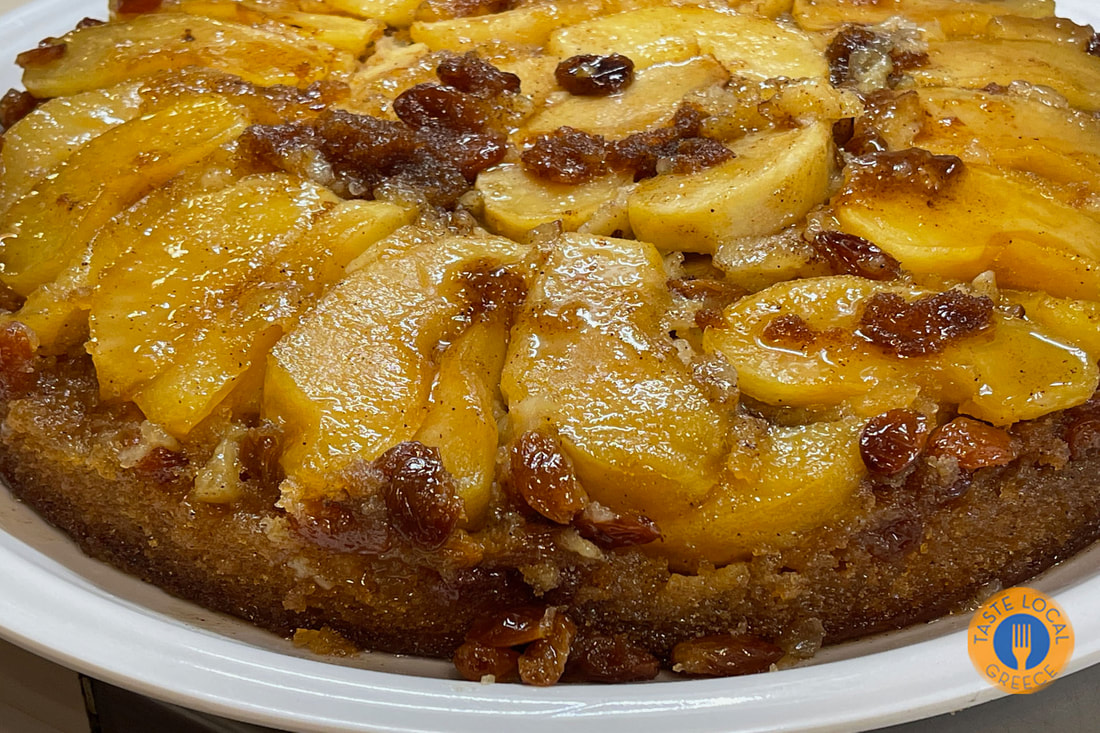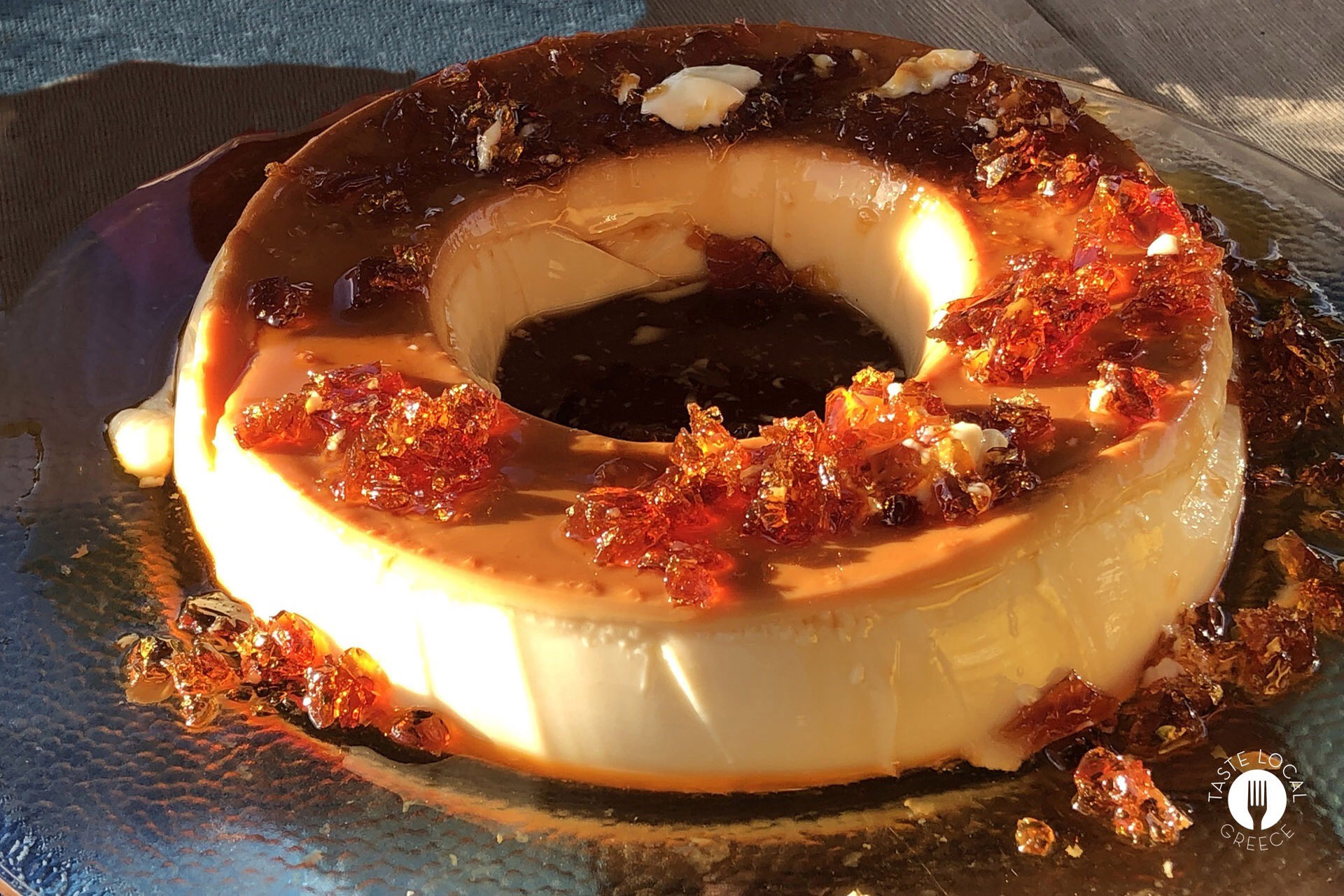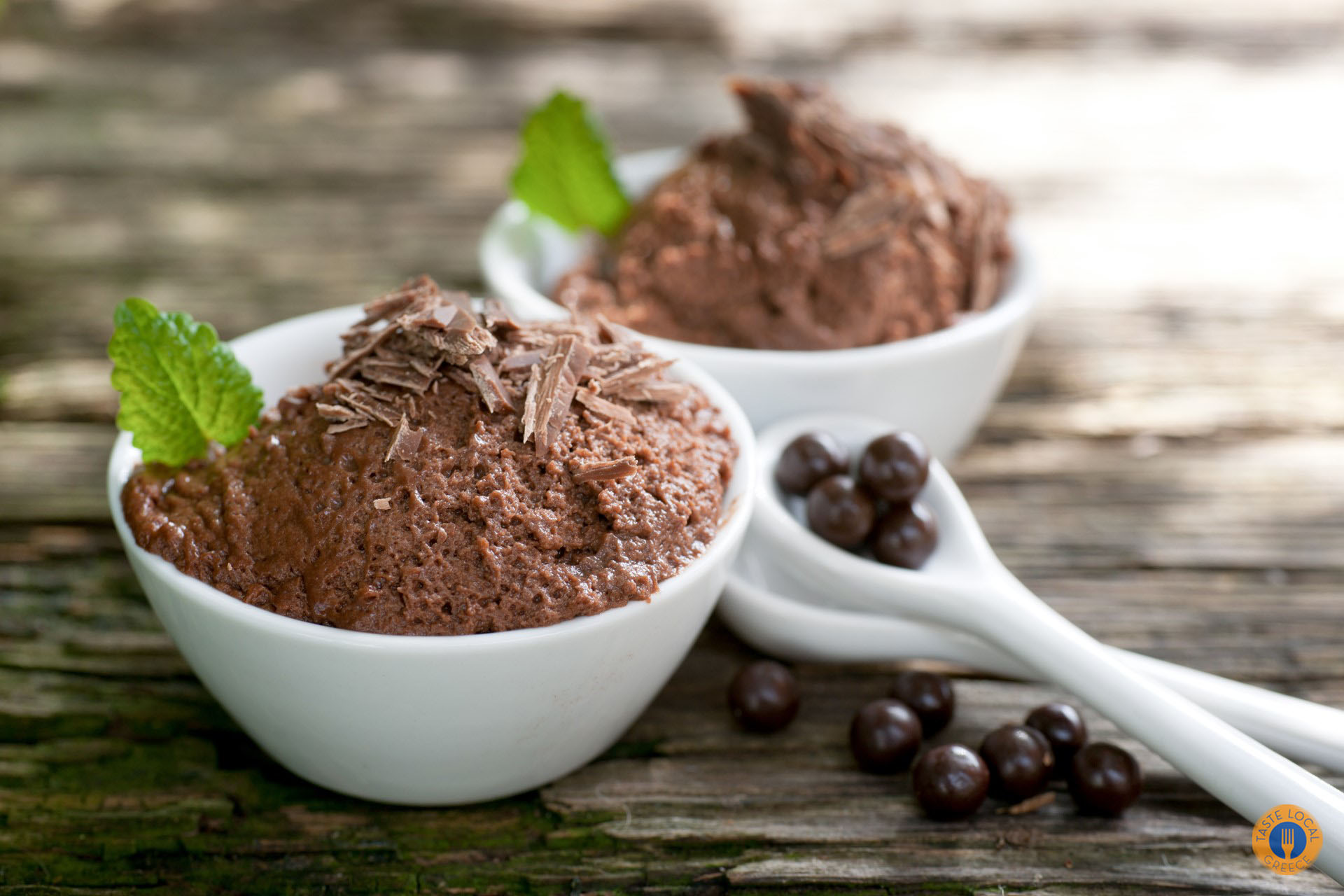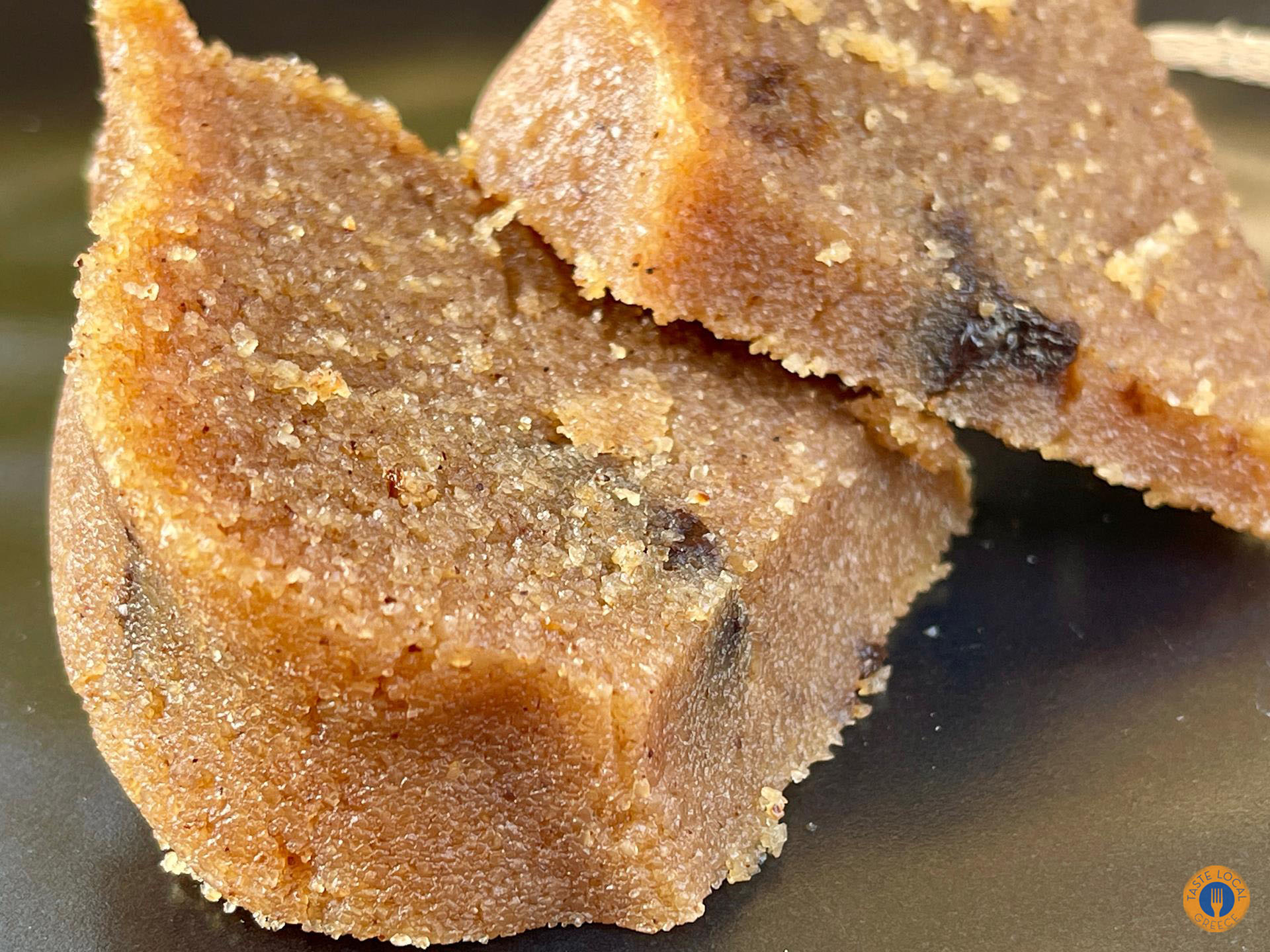
The story
Perhaps the simplest and easiest recipe for traditional semolina halva, as in the old days, has not been widely disseminated, but it is sufficient to remember the order of the ingredients…
Vrachati, Corinthia, in the distant 1960s
This traditional semolina halva reminds me of when all the recipes in the notebook had women’s names…
Mrs. Maria’s caramel cream, Sosou’s pie, Aunt Angela’s yogurt dessert, or Grandma Euterpi’s Politiko tsoureki, or even more complex and unusual, Grandma Mariouchi’s authentic French chocolate mousse.
This recipe in my mother’s notebook, although it is the classic 1,2,3,4 for semolina halva, has remained over the years as “Marigoula’s halva.”
The whole house smells of roasted semolina and I, as a small child, wait, far away from the dangerous hot pot, for a spoonful of warm semolina halva.
My job is to clean the freshly picked sultanas and raisins that my godfather brought, removing the few remaining stems…
At the same time, I nibble here and there, waiting for the moment when I will be called to throw them into the halva!!!
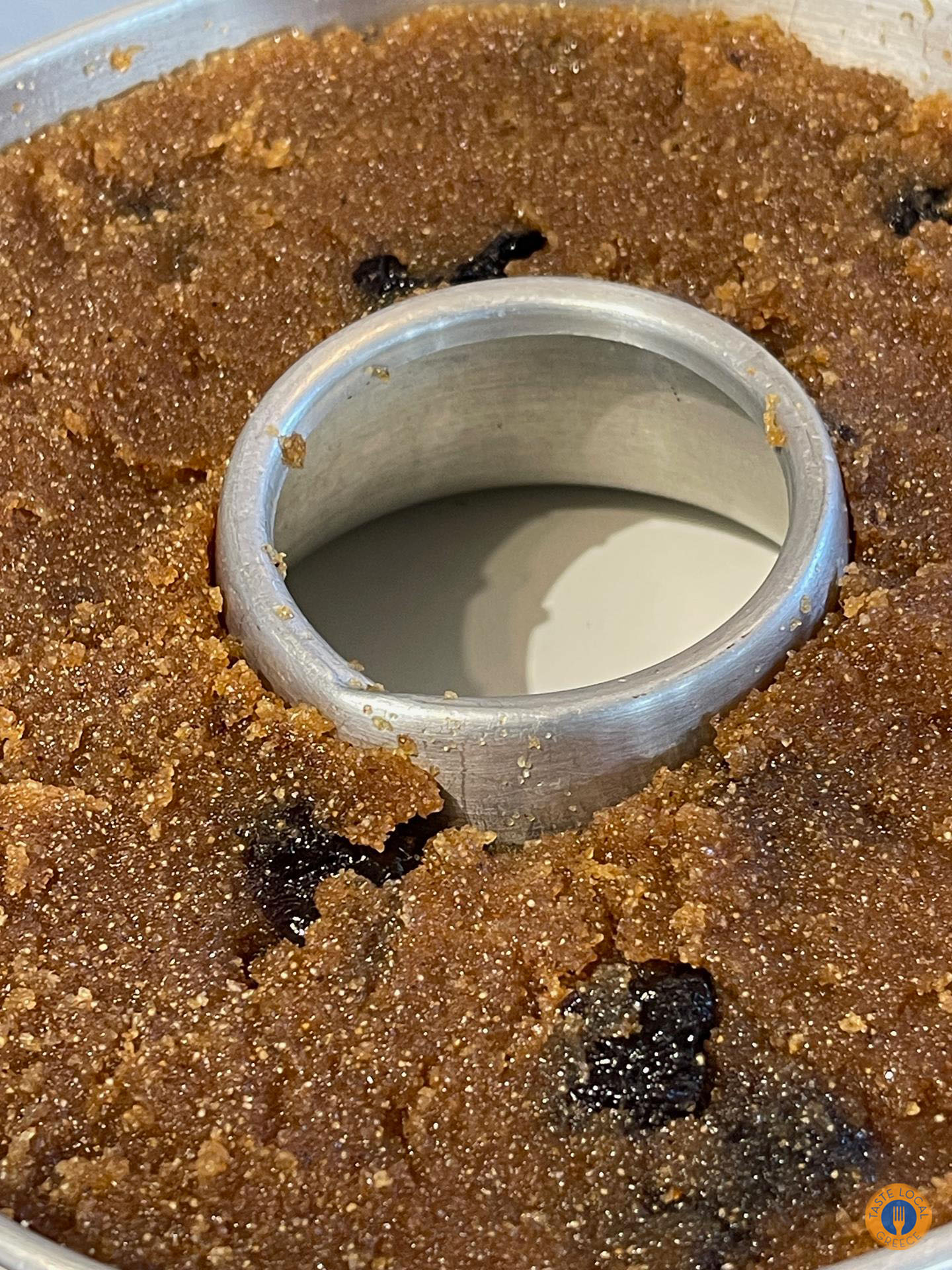
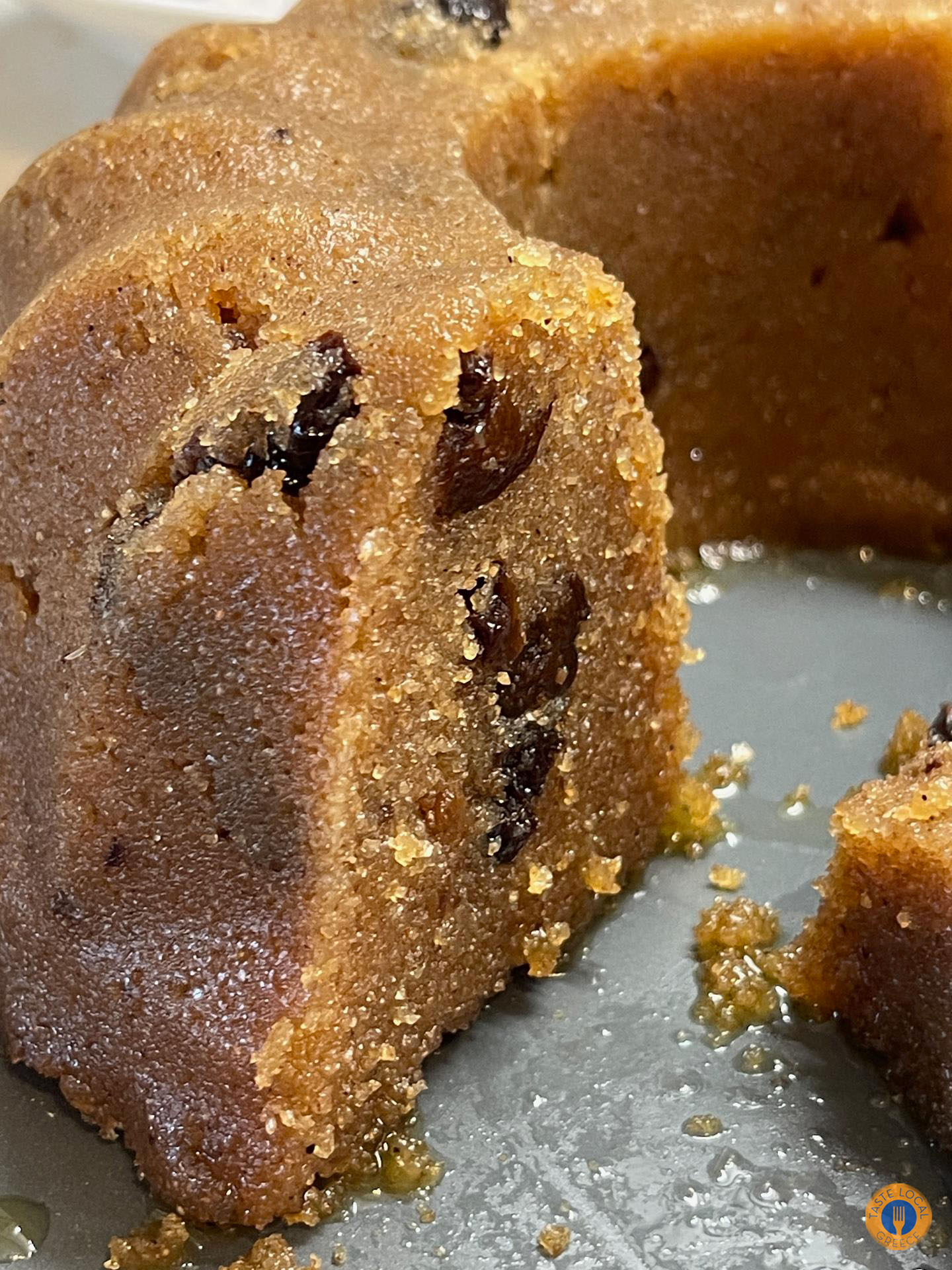
After so many years, here we are today
Today, so many years later, the same aroma fills my kitchen, carrying me like a magical carpet back to those childhood moments, sitting at the table and cleaning raisins…
At least, I think, recalling my mother’s sweet smile, I learned the right color for roasting!
That deep, dark brown—but not burnt—just perfect.
“White,” my mother would say, “is better suited for the Constantinopolitan halva your grandmother makes, with milk and butter.”
The classic one must be just this dark!
She always added plump sultanas, generously sent from my godfather’s vineyards in Vrachati.
Often she included almonds, pine nuts, prunes, and even chocolate—I remember the blue-wrapped Pavlidis chocolate, which my father loved.
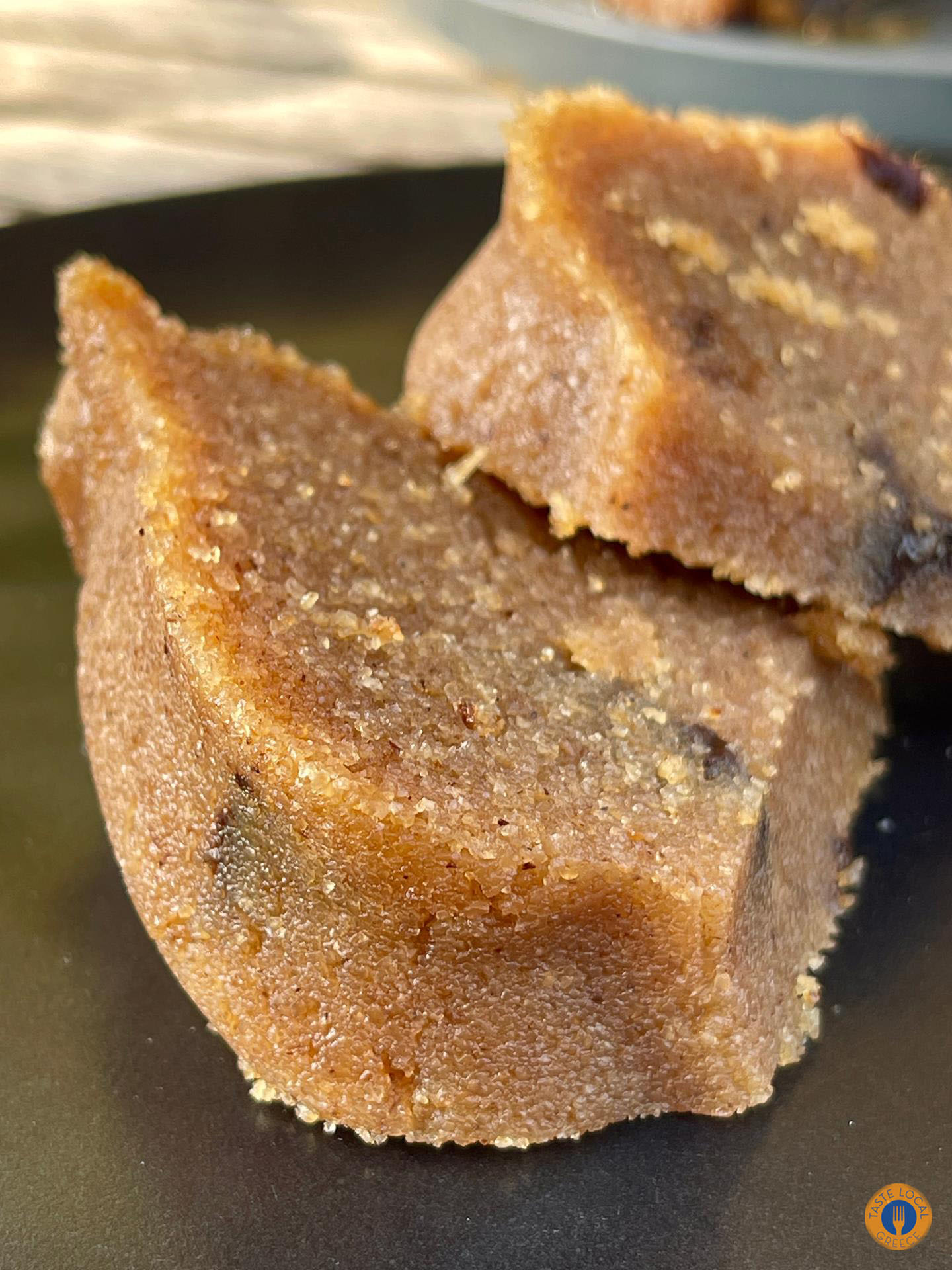
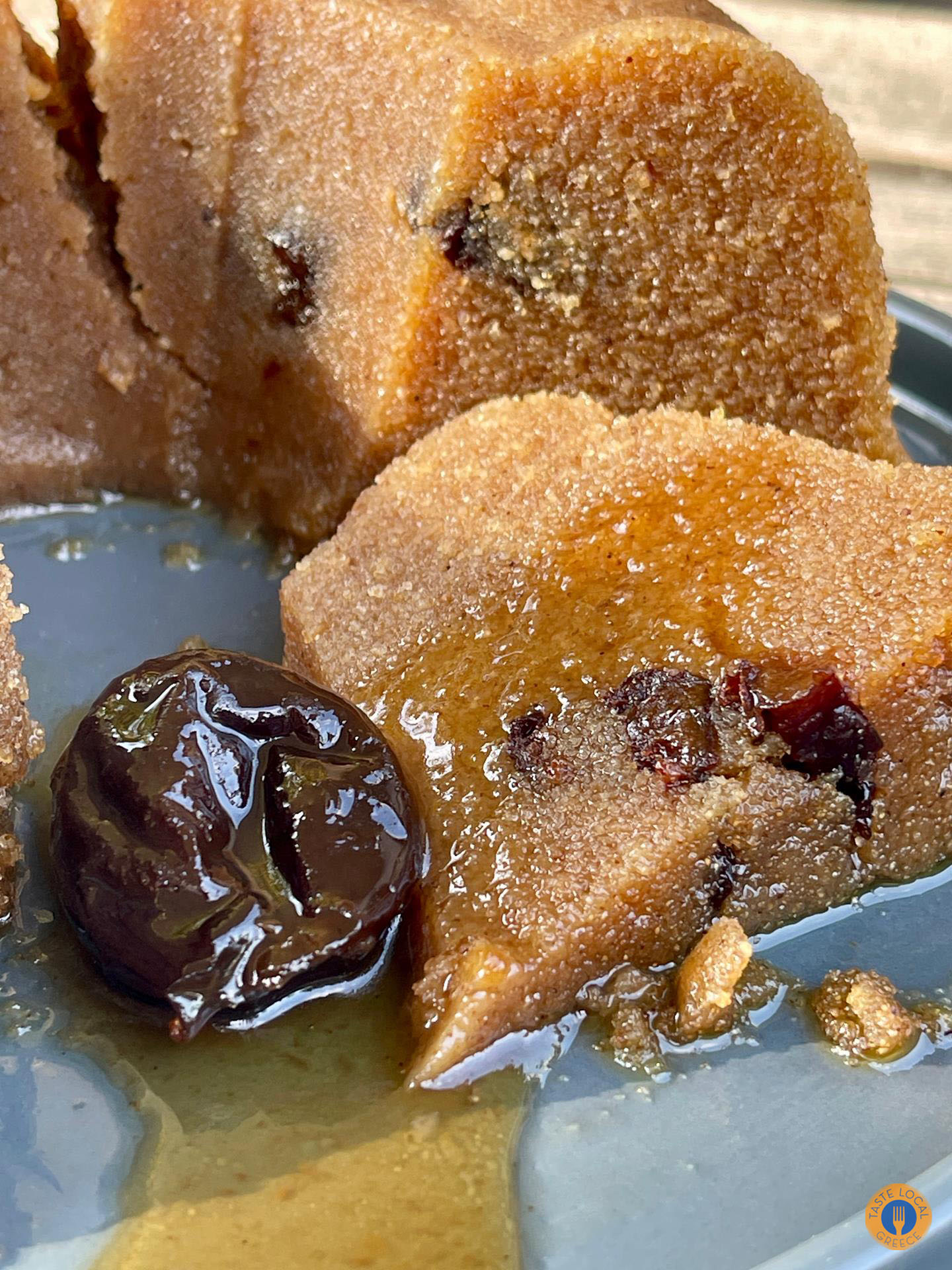
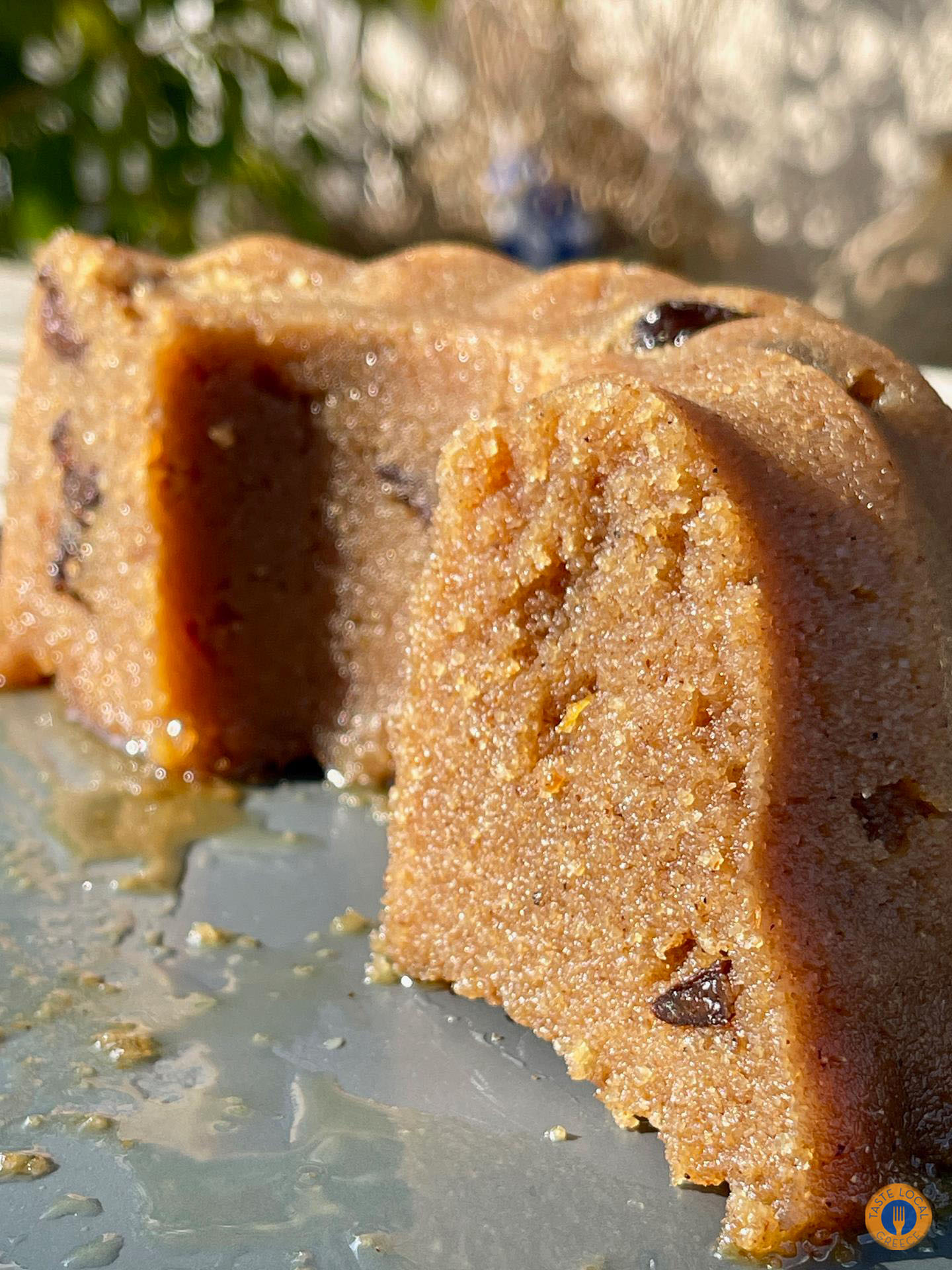
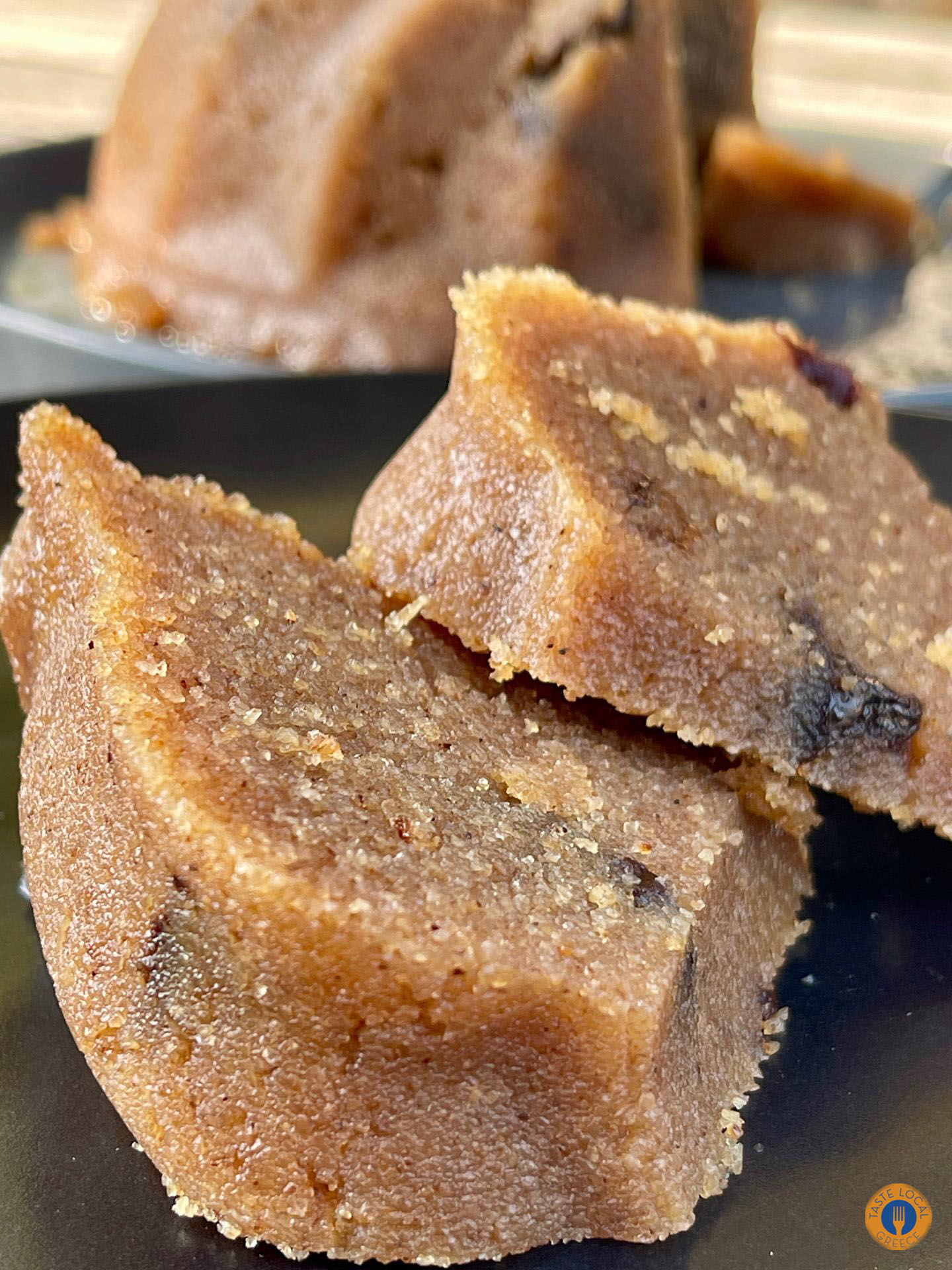
“And of course, pumpkin pie is a matter of taste…”
Add whatever you love, whatever lifts you as a cook!
Let your imagination run wild, give the flavor a new dimension…
But don’t overdo it, or you’ll lose the essential taste!
Pine nuts, sultanas, almonds, walnuts, or hazelnuts all go wonderfully.
And if you don’t add anything at all, leaving it traditional and simple, with just a sprinkle of cinnamon on top, you’ll enjoy it completely!
Today, I made two batches. One with a few sultanas, and another with prunes, which my daughter loves—though I know she still prefers the chocolate version…
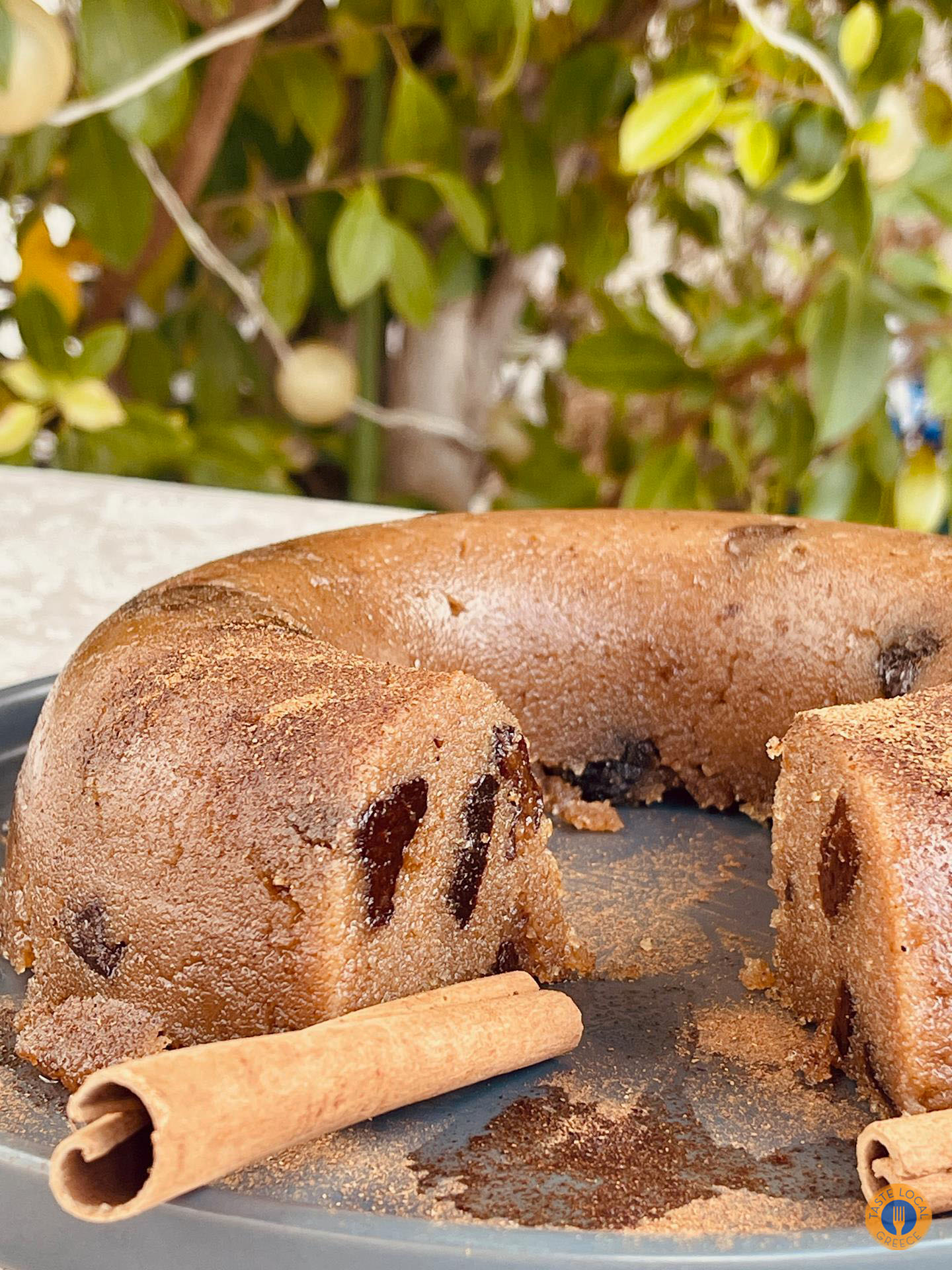
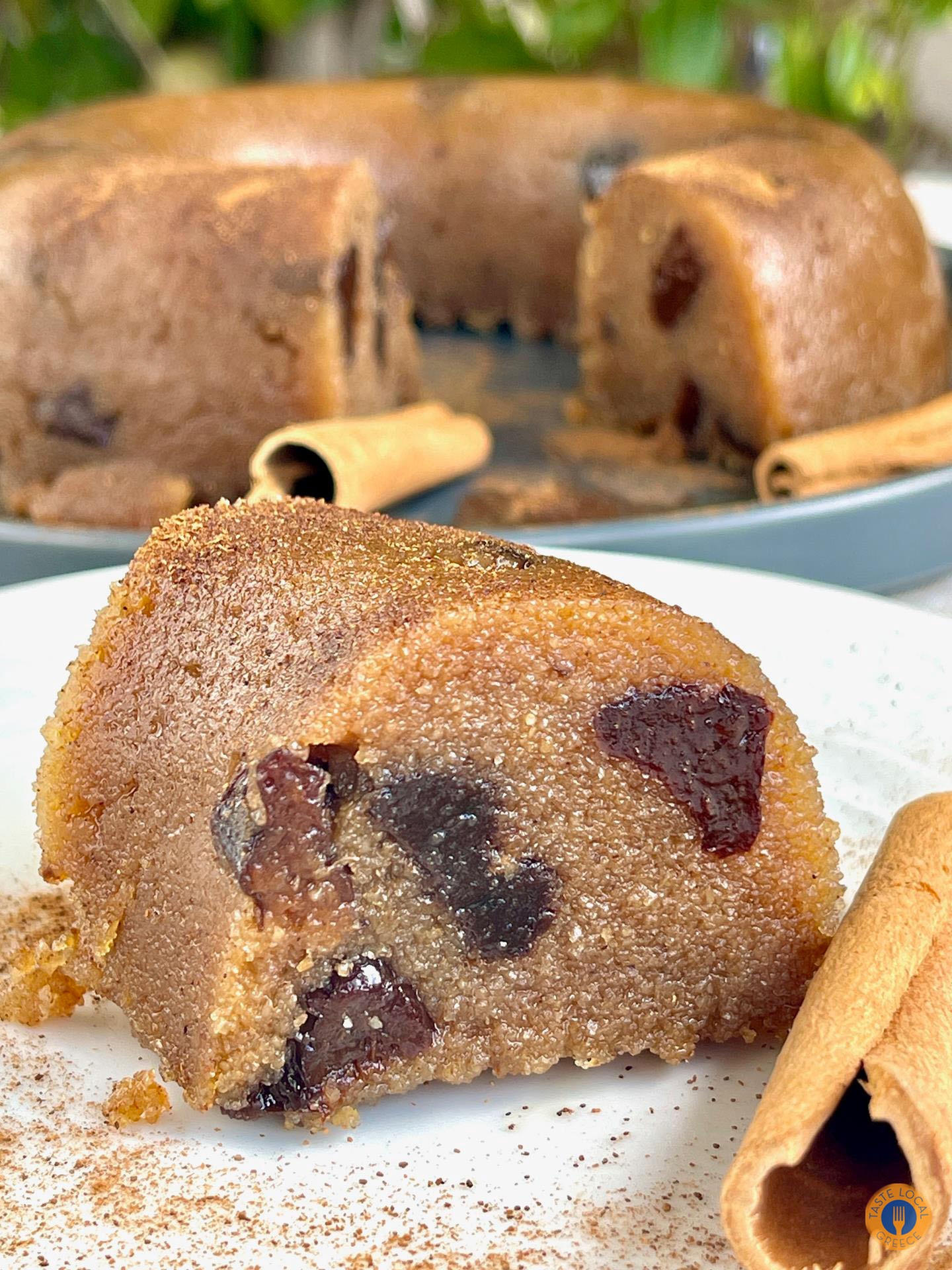
There are plenty of recipes for semolina halva. The most classic and unquestionably the most reliable, is the traditional 1-2-3-4 semolina halva recipe.
The success of this recipe, and its results, are always guaranteed.
It has now firmly earned its place in the sphere of traditional urban cuisine!
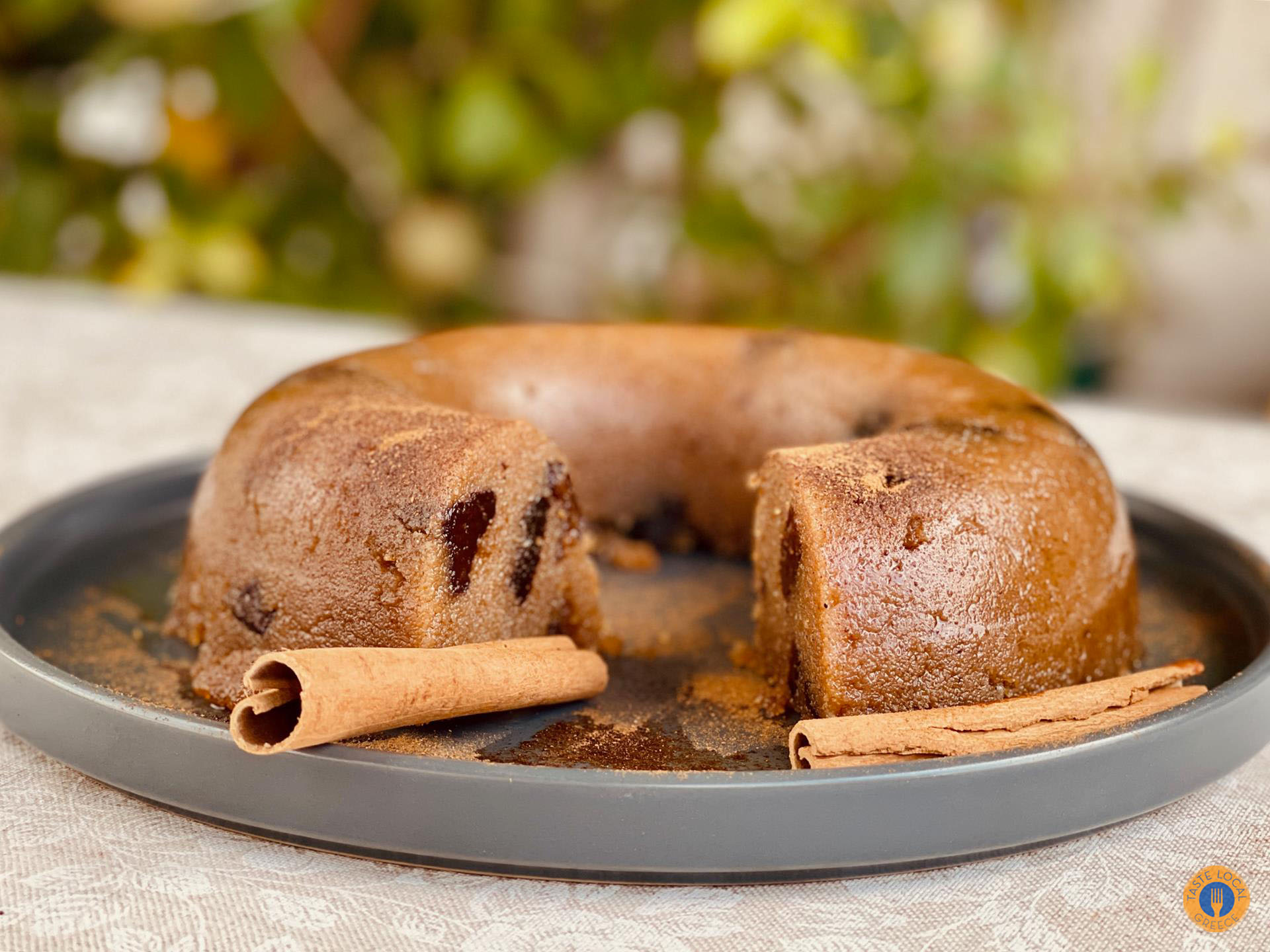
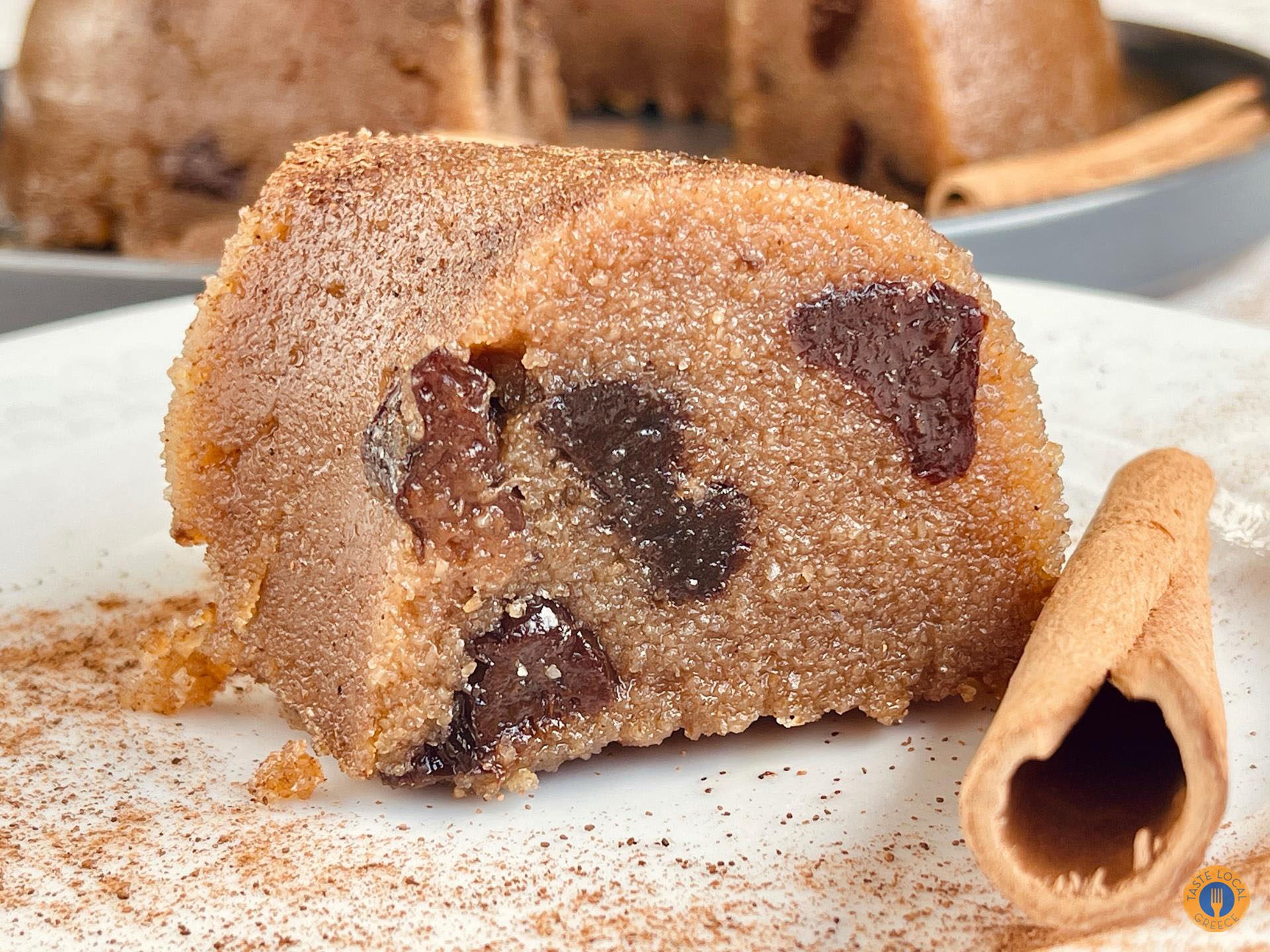
The Ingredients
1 cup oil (I now use half olive oil, half sunflower oil)
2 cups semolina (1 cup coarse semolina, 1 cup fine semolina)
3 cups sugar
4 cups water
Preparation
The recipe is very easy; it just requires two saucepans…
One large for toasting the semolina, and a smaller one for the syrup.
We start with the syrup, placing the small saucepan over the heat. Bring it to a boil with the sugar and water, along with a little lemon and a stick of cinnamon.
In the large saucepan, add the oil and the semolina, and stir carefully to toast it.
This step requires patience and constant stirring. When you see it beginning to take on some color, don’t remove it hastily…
Let it go one or two more minutes so it releases its aroma and deepens in color.
It takes experience not to burn it, but also not to leave it pale.
Just the right amount, as my mother always said!
Now, halfway through toasting, add the sultanas or prunes so they have time to plump up and soften.
Then remove the pan from the heat…
And then came the dangerous moment!
Wear a glove or wrap your hand in a towel, and using a deep spoon, gradually pour the syrup over the semolina, stirring constantly.
Start by adding two or three spoonfuls of syrup at first—keep your hand back to avoid burns from the sudden boiling.
Then, continuing to stir, add the rest of the syrup. Return the pan to the heat, stirring until the mixture begins to thicken.
Do not let it thicken too much and become stiff…
This, too, is something you learn with experience.

As for how firm you make it, don’t worry—generally, take it off the heat a little earlier, and it will set properly on its own. The best guide, of course, is experience…
It should remain light and airy, and it will firm up as it cools.
During the final stirring, this is the moment to add the nuts.
Now add the chocolate, cut into small pieces.
Place the halva in a mold and let it set for about half an hour, covering it with a towel.
Unmold and serve, sprinkling a little cinnamon or adding a few dried nuts on top.
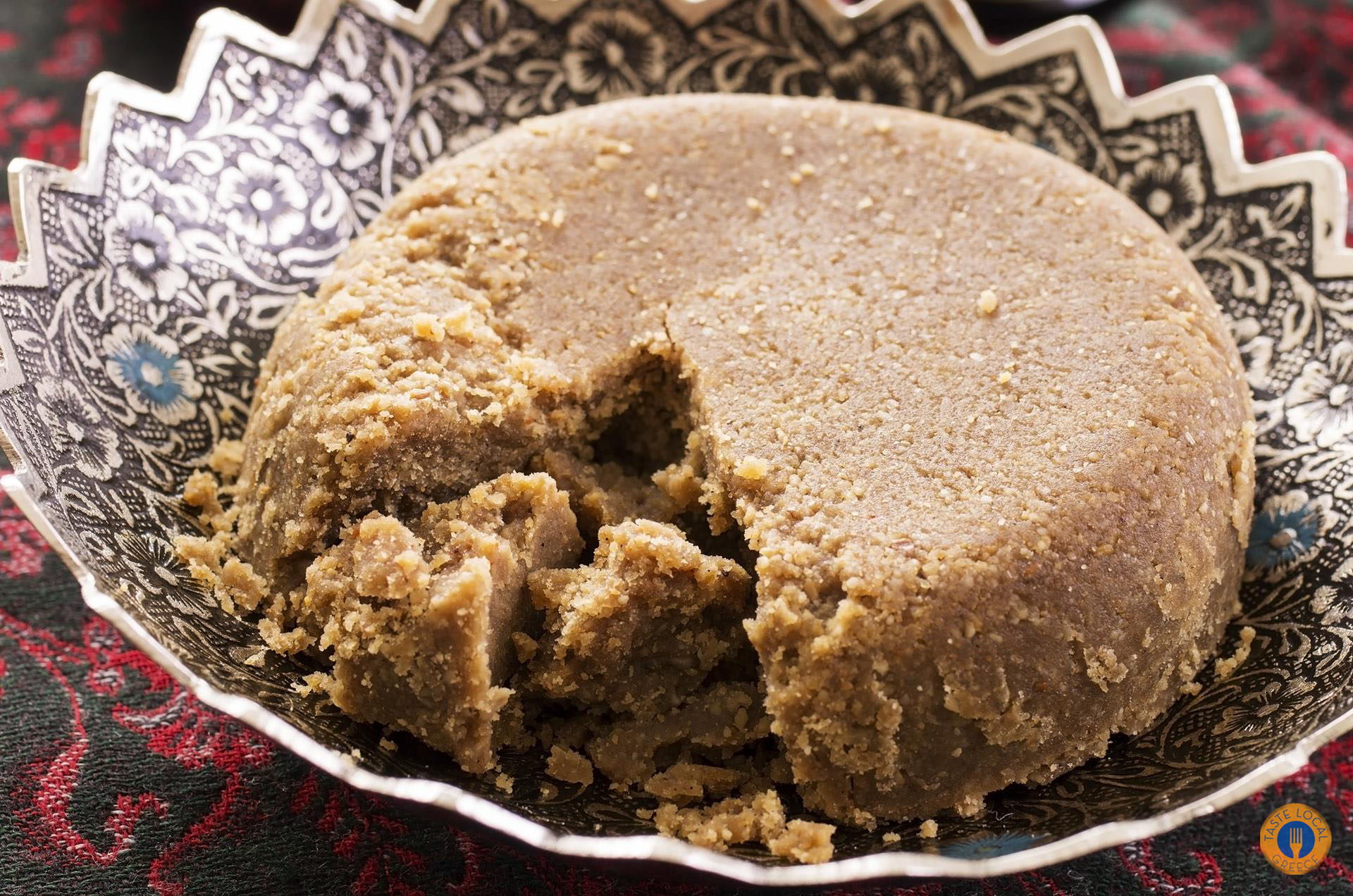
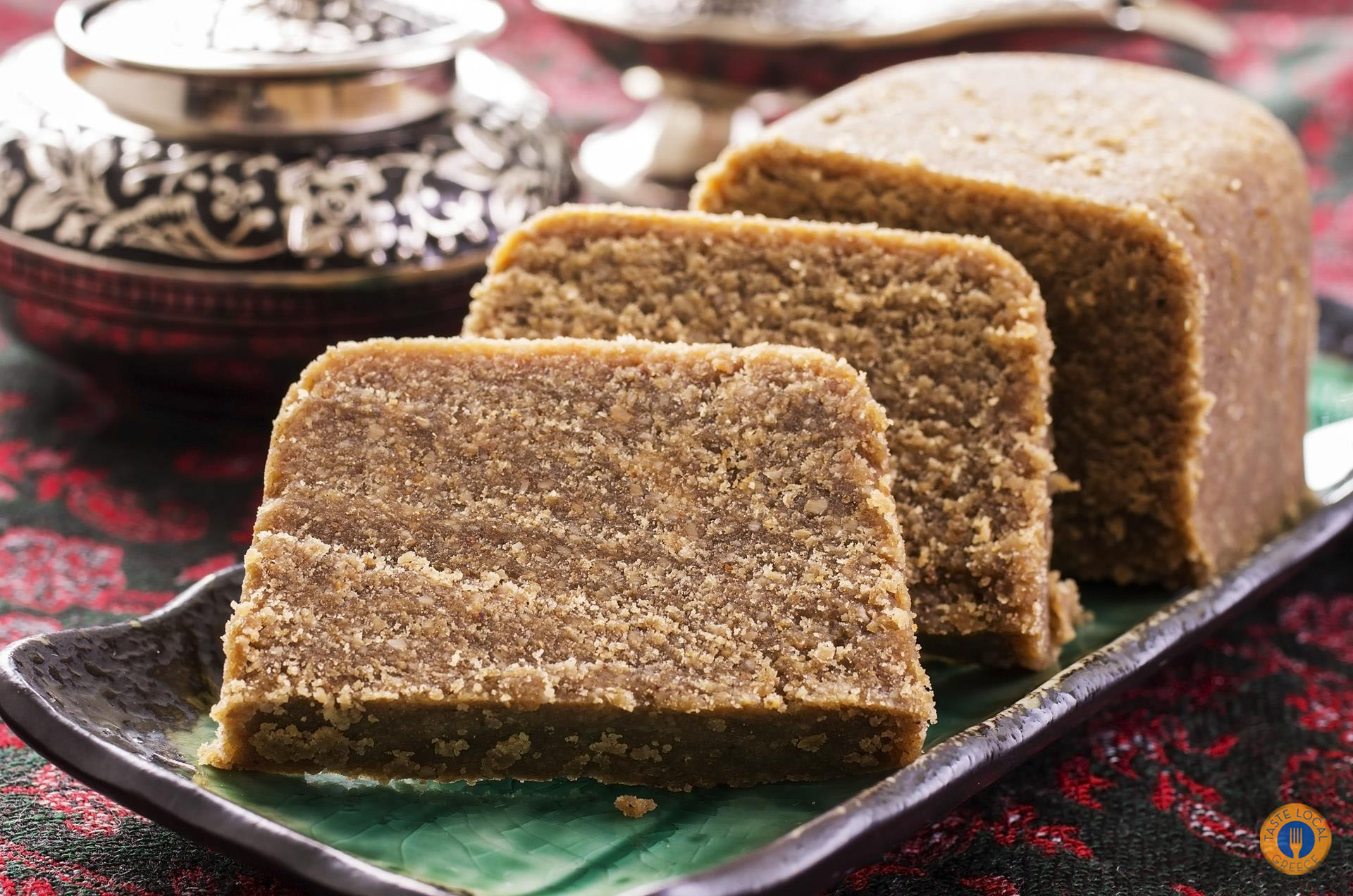
The Secrets…
The little secrets for the perfect traditional semolina halva!
The most important thing is the proper toasting, which no one can really teach you—the exact time it takes, how dark it should get, because it depends on many factors.
This “just right” moment is something you unfortunately acquire only through experience.
The first few times, start removing it from the heat as soon as you notice a slight change in color. Over time, you’ll learn to judge it by eye, bringing it to exactly the shade you like, because it’s also a matter of personal taste.
The second important secret is using half coarse and half fine semolina, just as Marigoula did.
This way, the halva will be light and fluffy, so it won’t turn mushy if you use only fine semolina.
And you won’t feel the coarse grains if you use only coarse semolina.
My culinary adventures in the kitchen of “Pandeli Restaurant” in Istanbul also taught me the Constantinopolitan Halva.
The kind made with milk, which you don’t mold, but eat fluffy after aerating it by scraping with two forks!
Ismail, on one hand, the master chef of the restaurant, under the watchful eye of my father-in-law, taught me—besides the halva—almost all the secrets of my grandfather Pantelis’s Constantinopolitan cuisine!
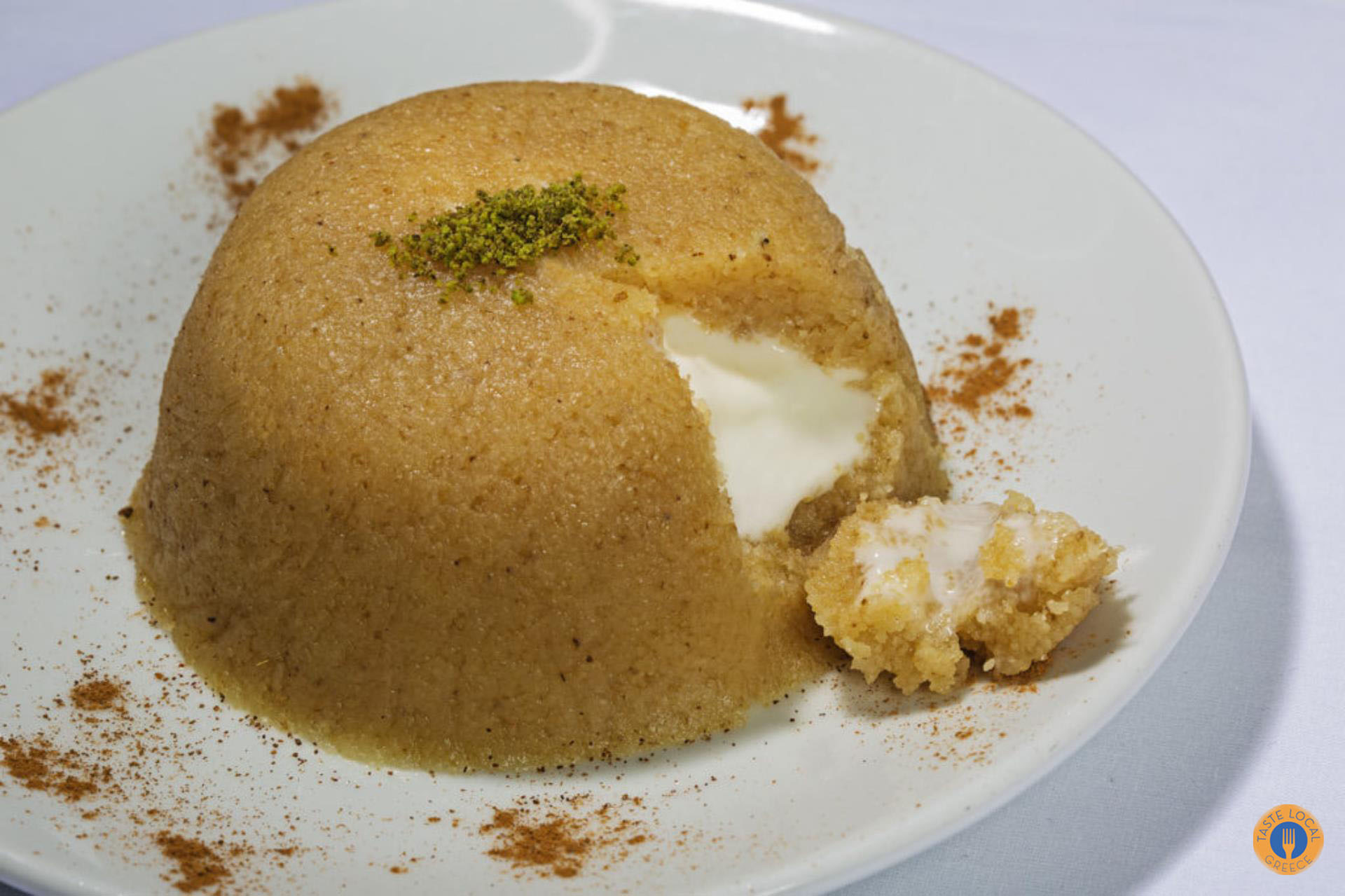
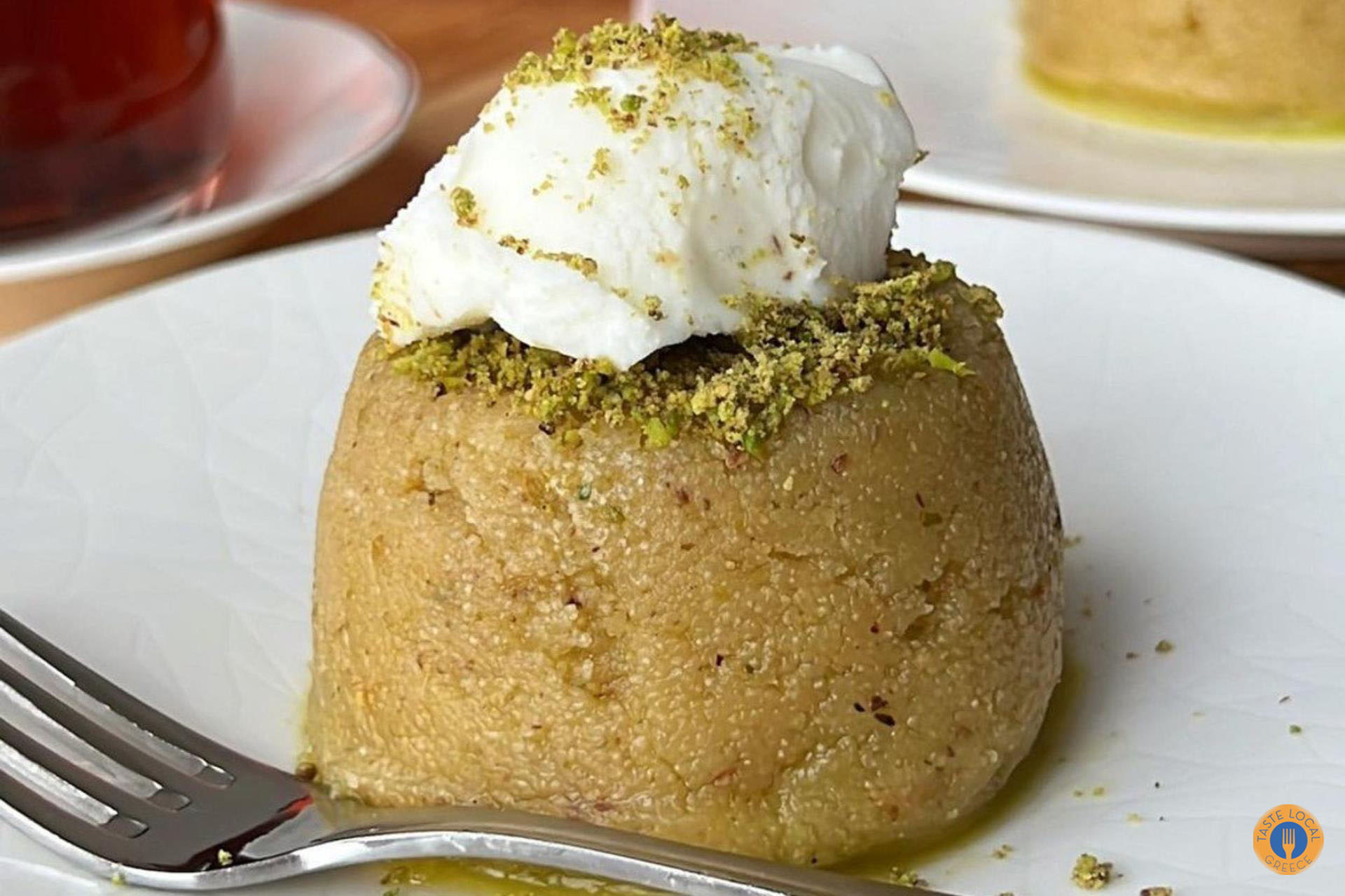
This halva was served at “Pandelis” with kaimaki ice cream…
A warm scoop would arrive in front of you—fluffy, white, almost fairytale-like Constantinopolitan halva, topped with a sprinkle of crushed green pistachios.
At the first bite, a lava of kaimaki ice cream would erupt!
I remember it, and I savor the taste in my memory, along with the incredible view of the Bosphorus, with the Galata Bridge behind the iron railings of the restaurant in the City…
A completely different flavor—more gourmet, I would say…
In the next episode, I will share it with you alongside the sea bass wrapped in paper with butter—the signature dish of Pantelis’s kitchen…
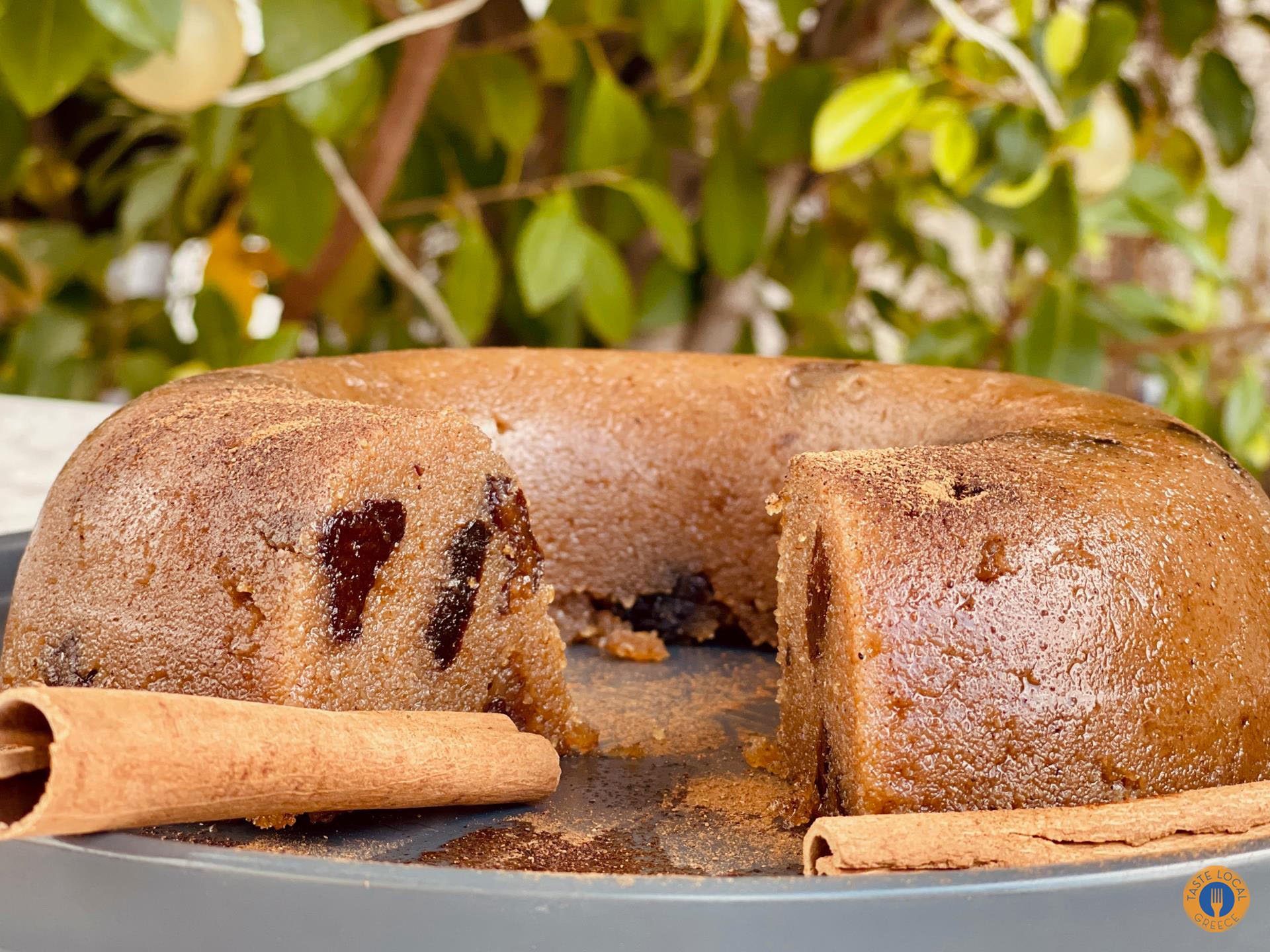
May we always have sweet halvas, full of memories…
Text and photos by Giorgio Grigor

